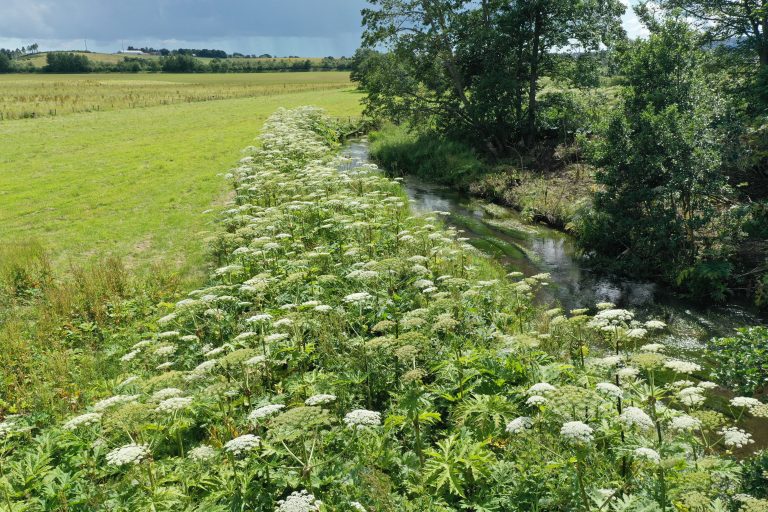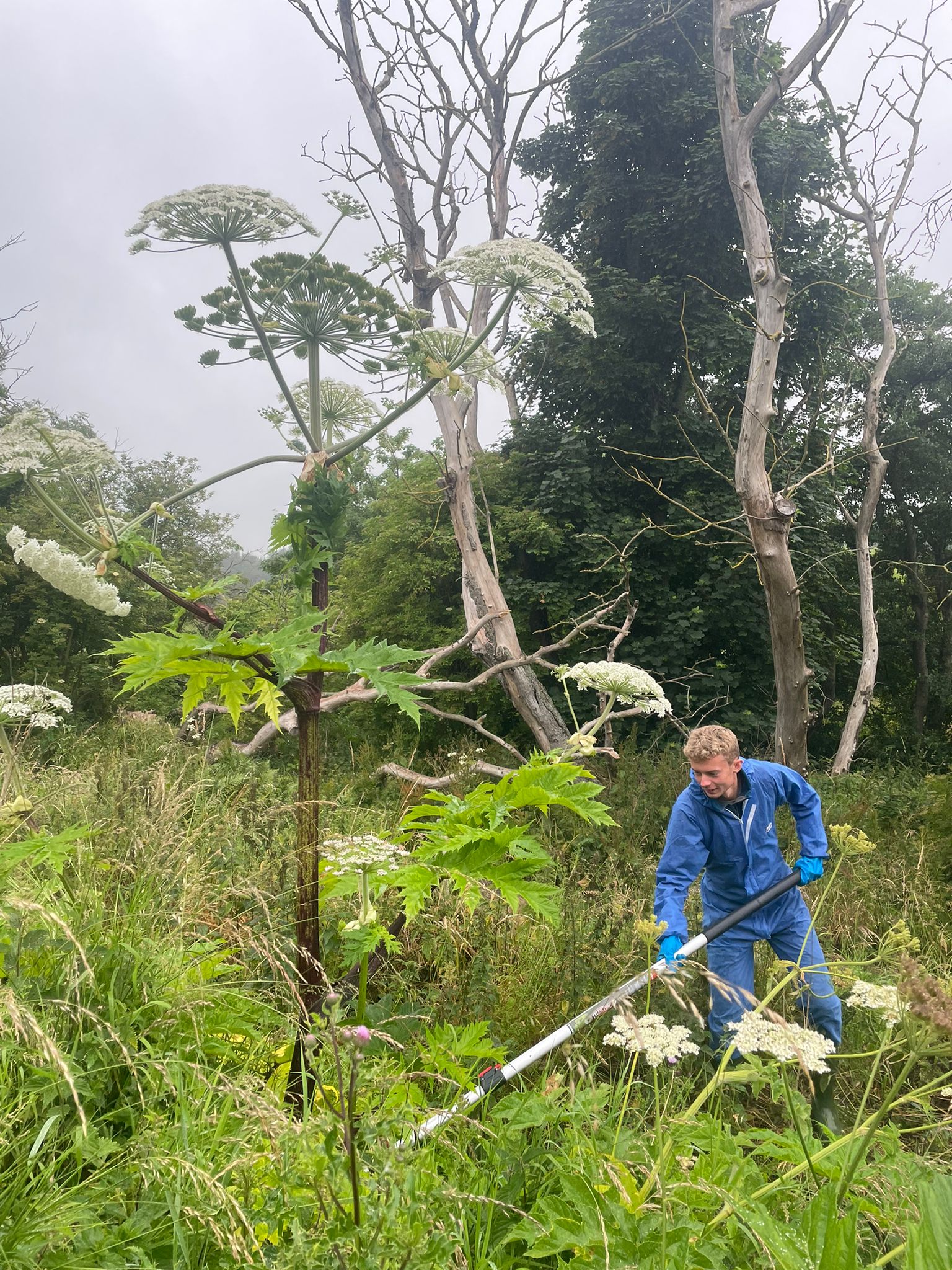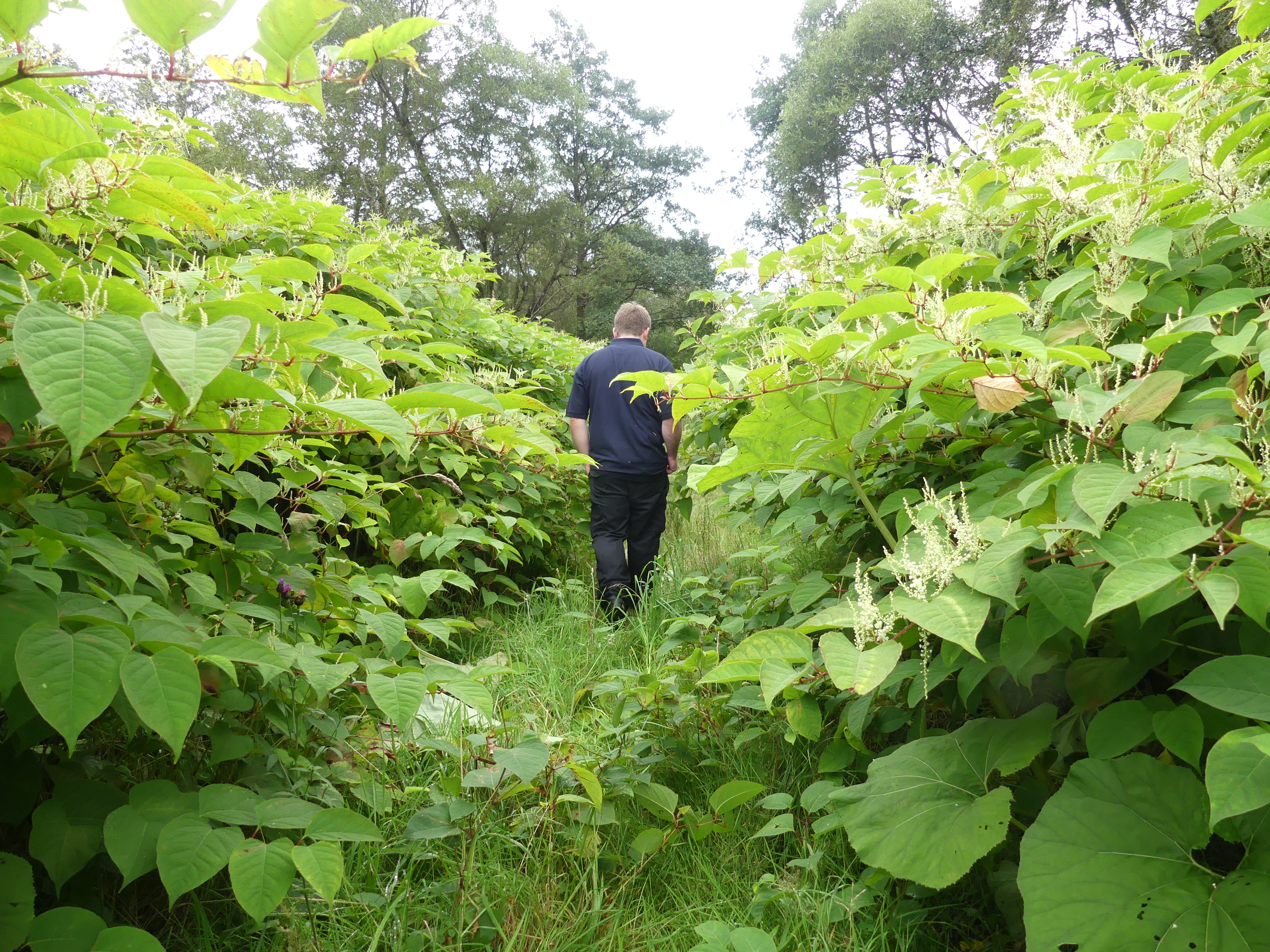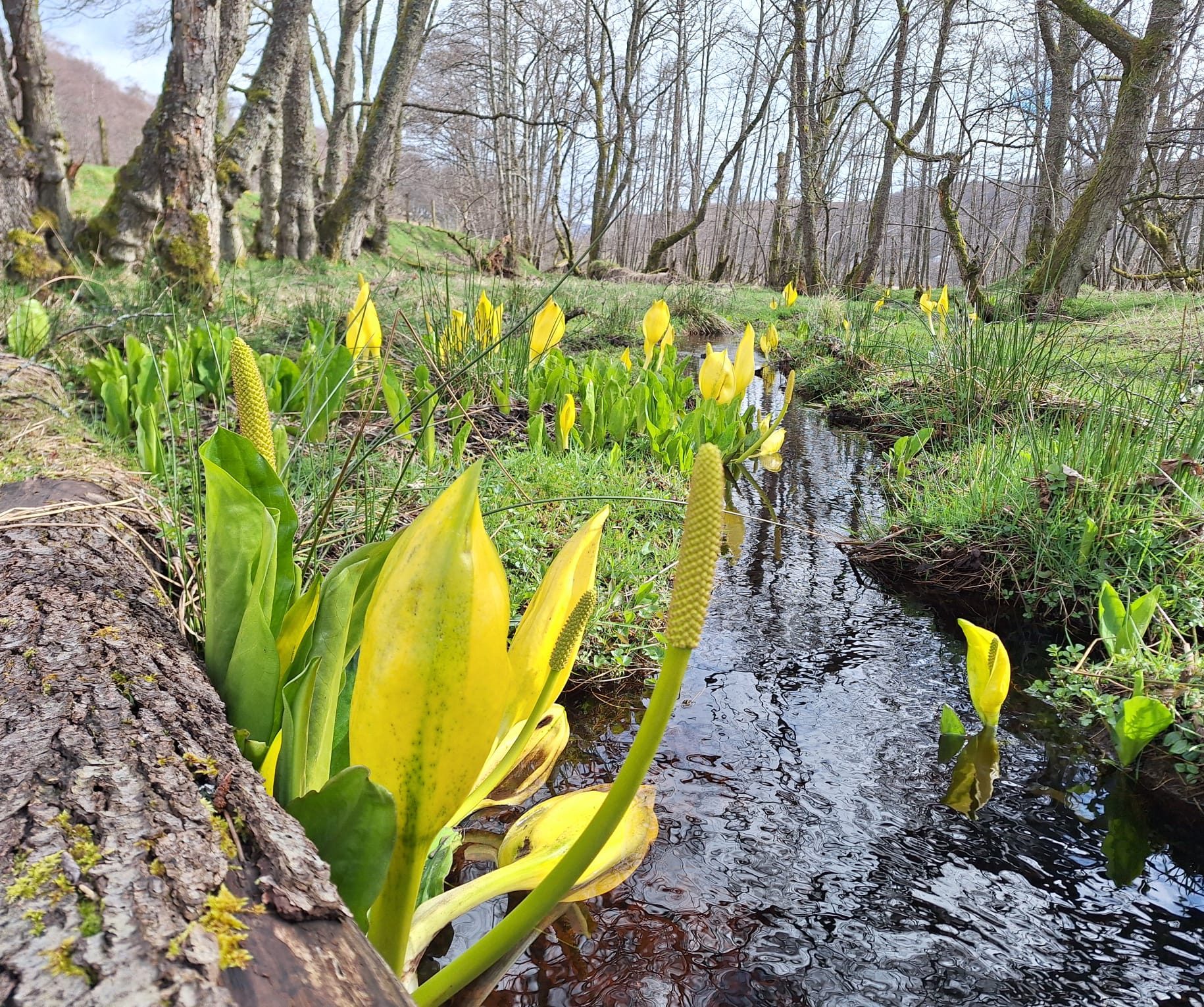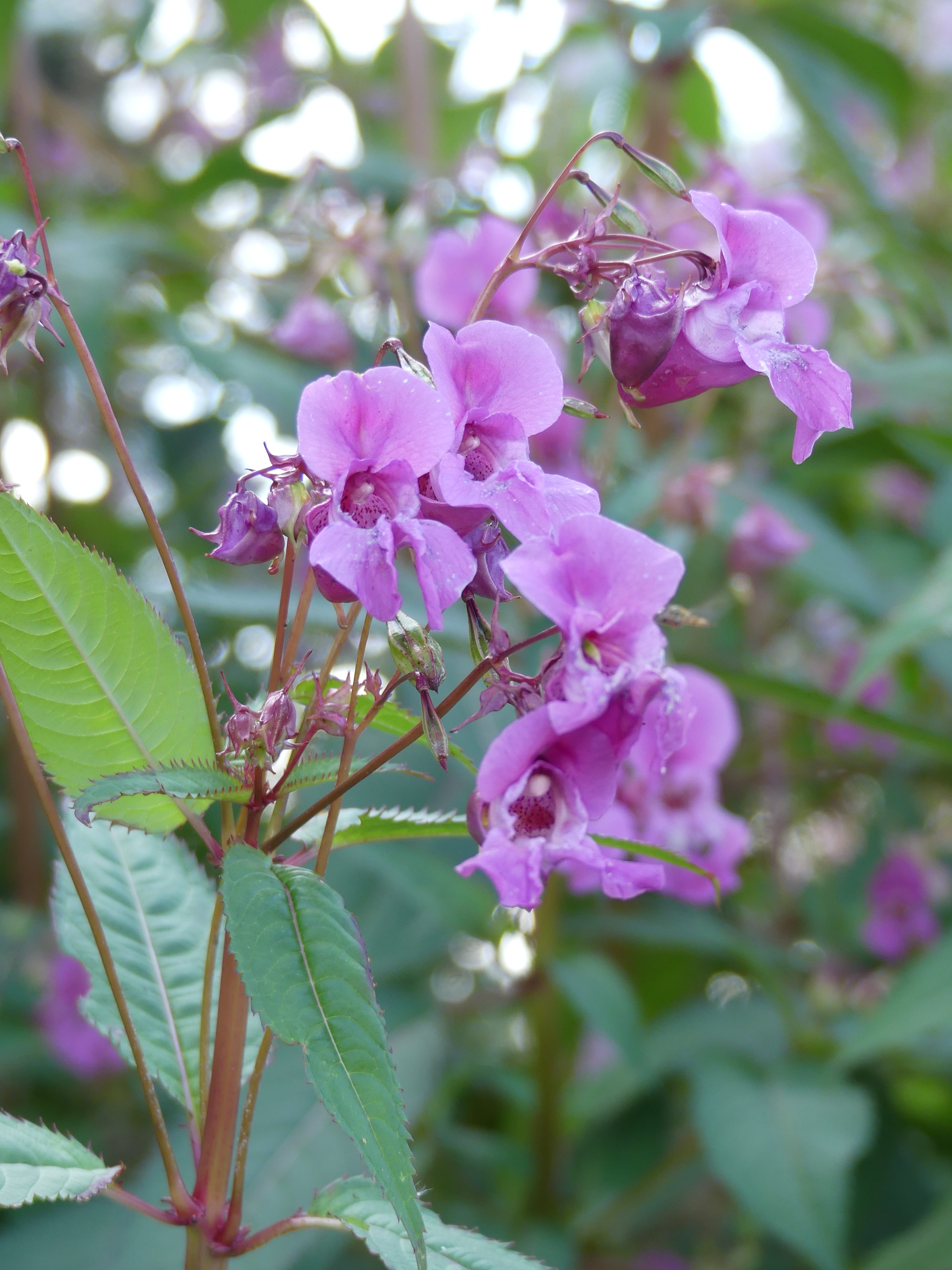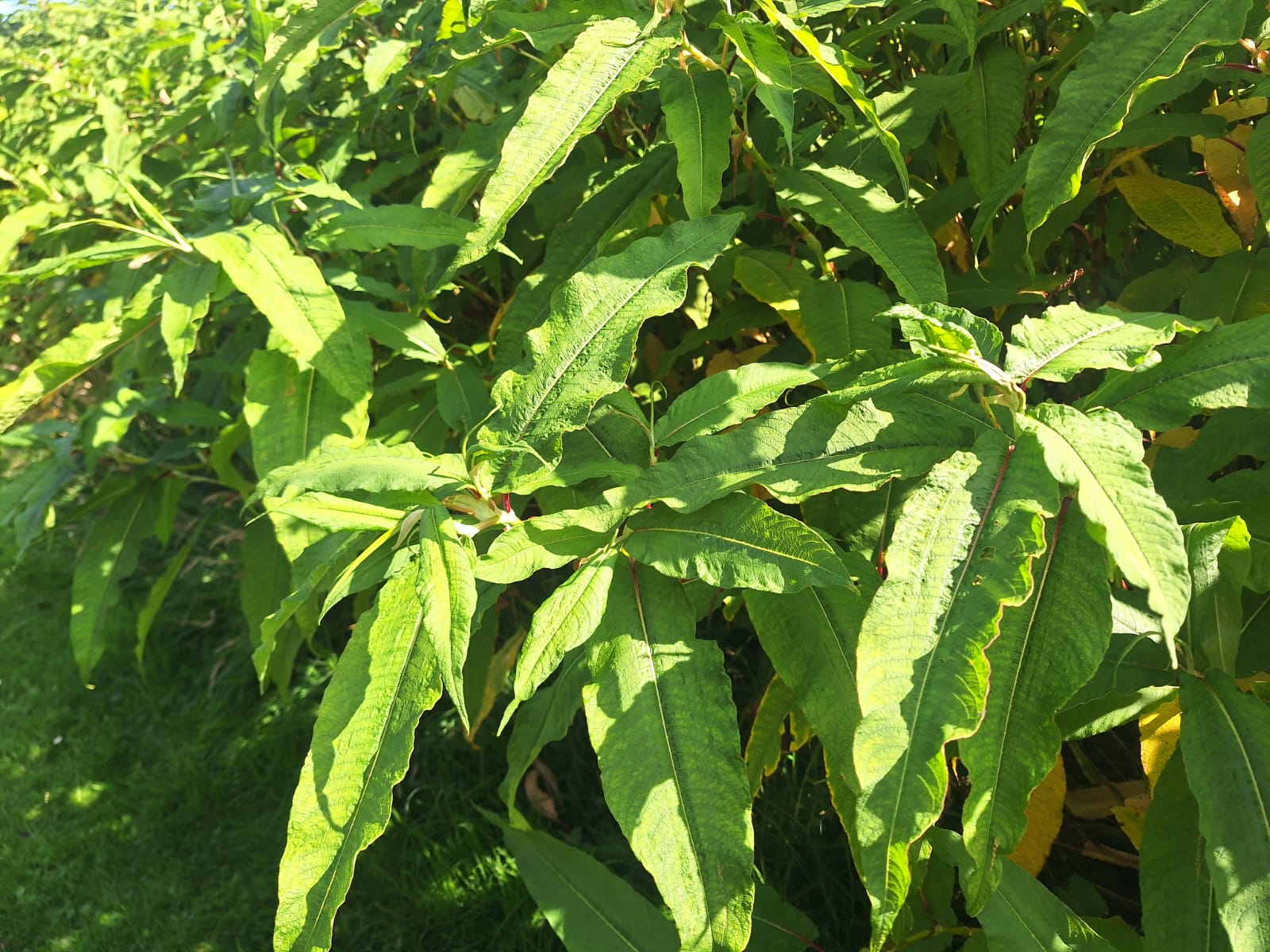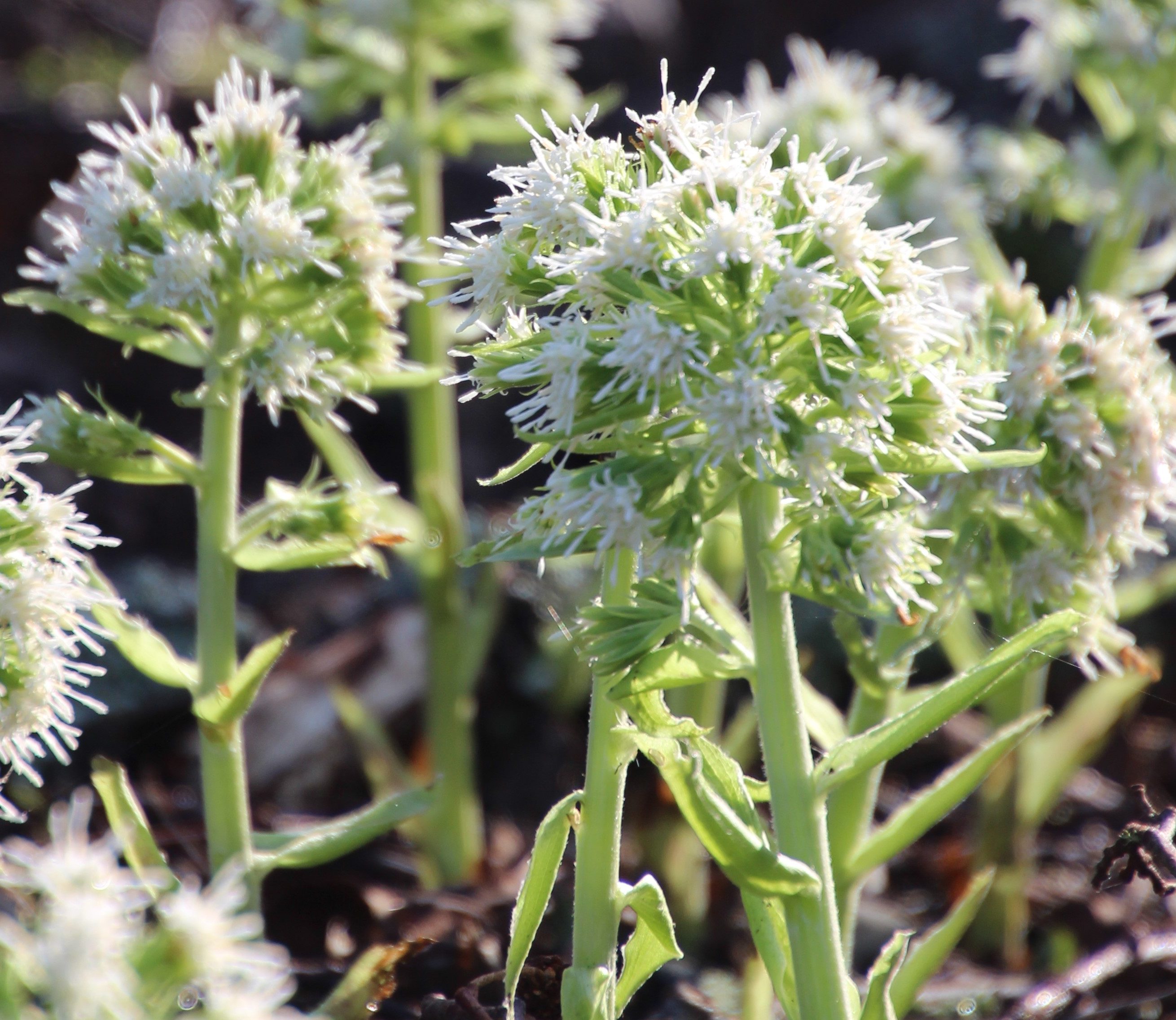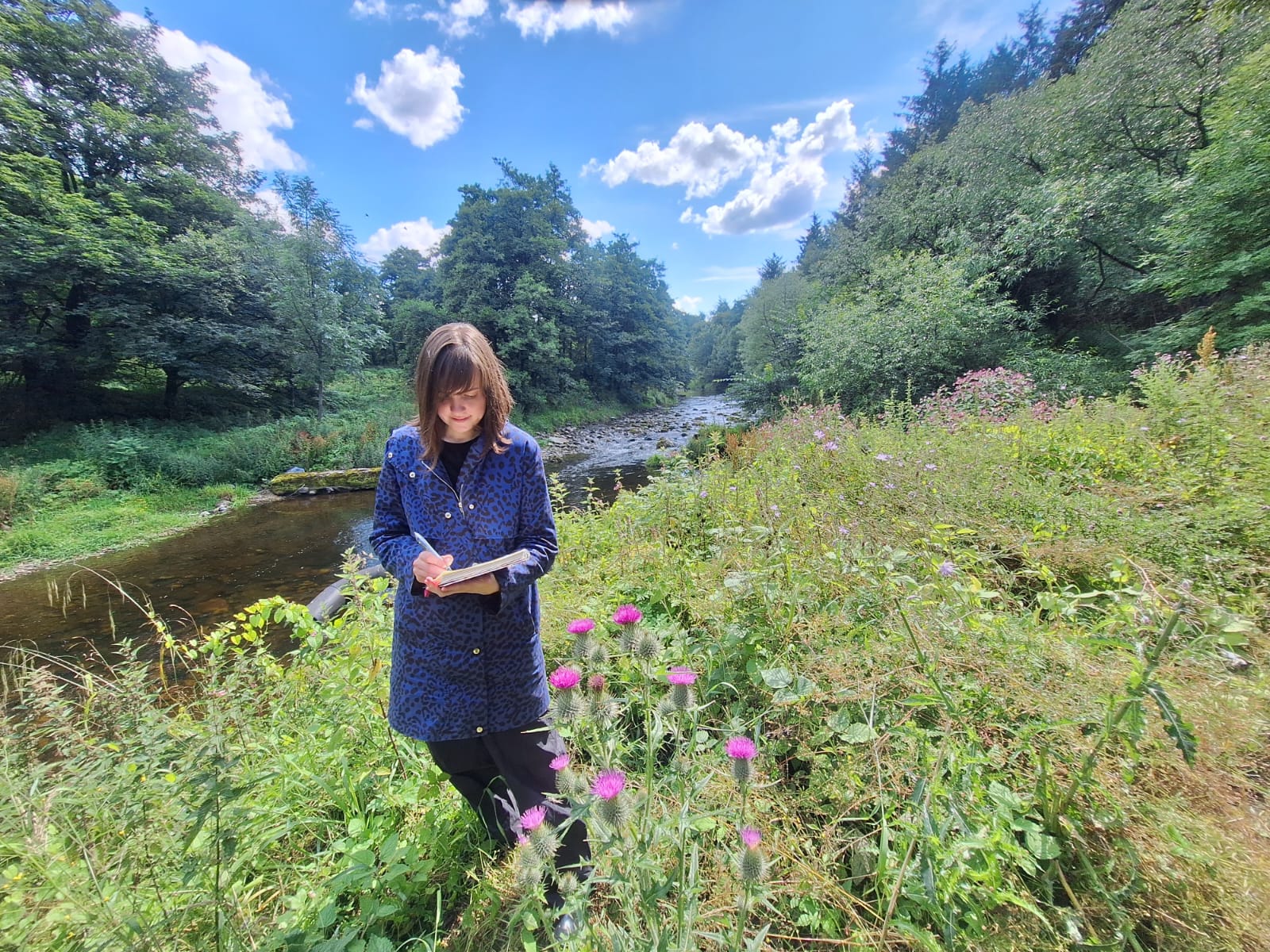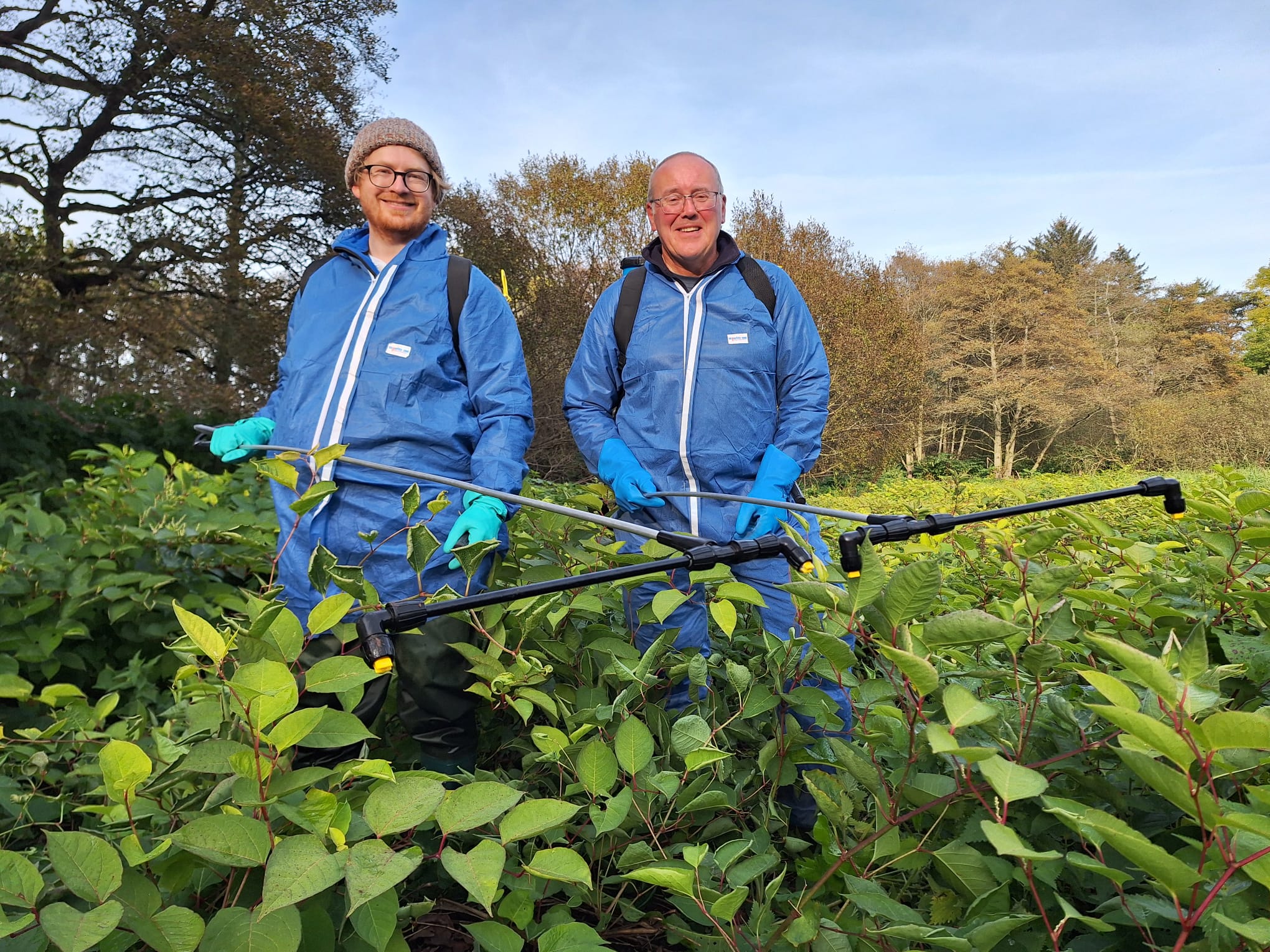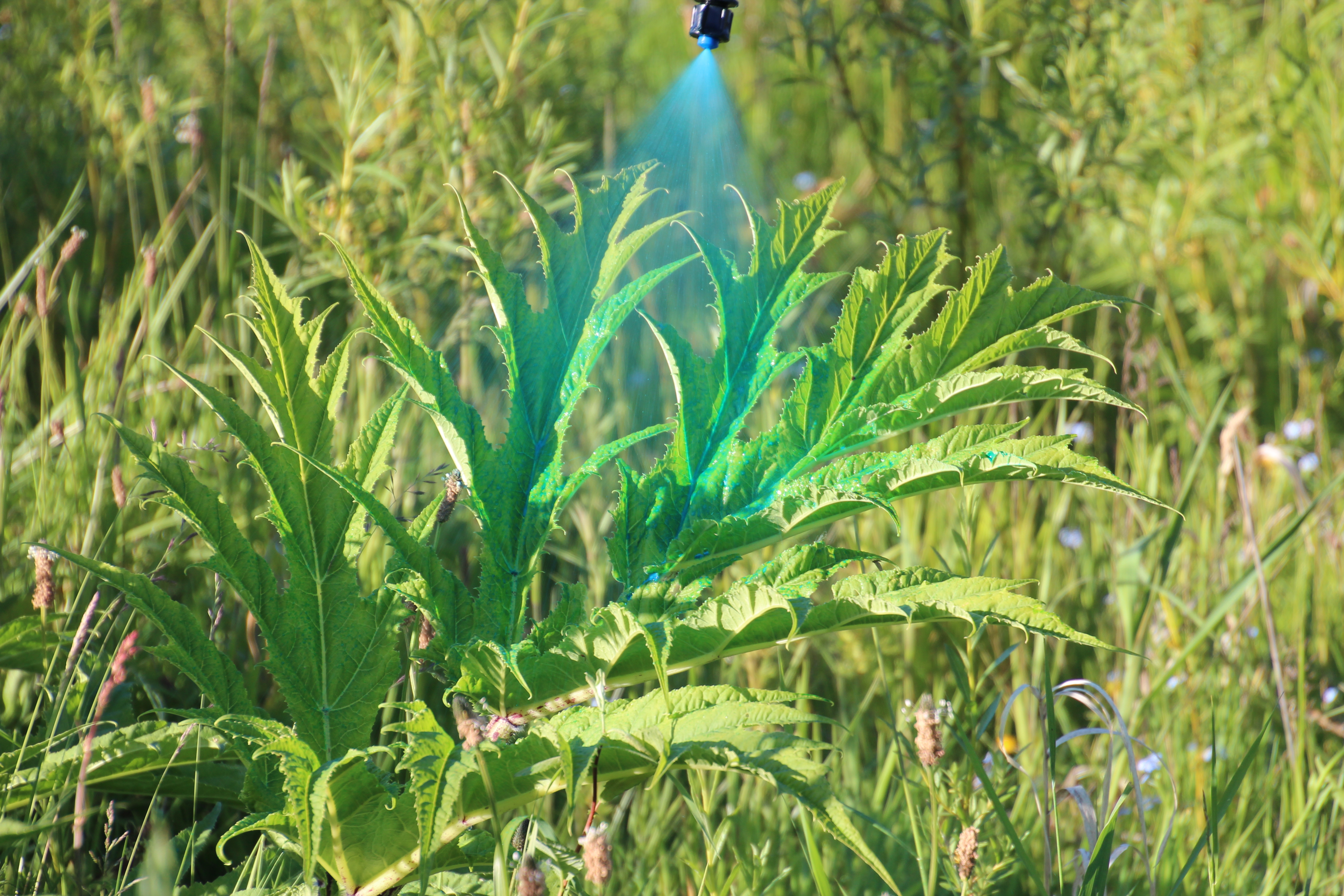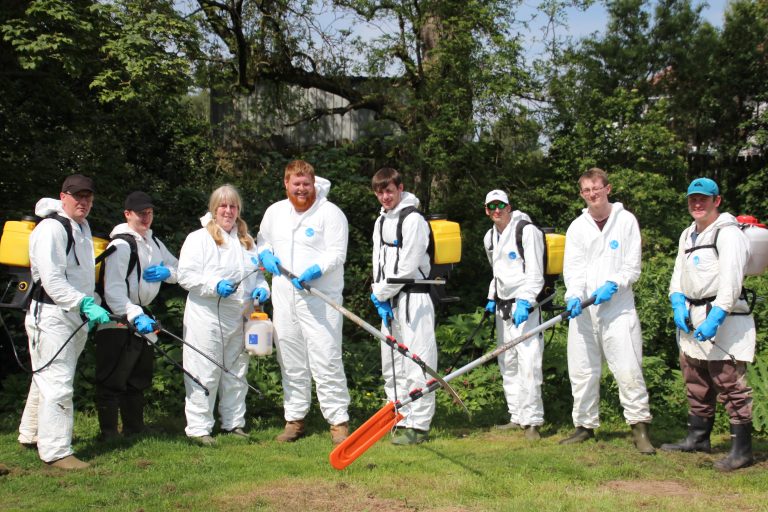About the project
Our five target invasive non-native plant species commonly grow alongside riverbanks, burns and watercourses in Scotland. These plants produce large numbers of seeds every year, which are spread by humans, by wind and by water, or have stubborn rhizomes (roots). Seeds or plant/root fragments spreading down the river is a frequent problem and new populations of plants are often found downstream of original growing sites.
To be effective, plant control needs to work at a catchment scale (the main river and all the tributaries and burns that feed into it) so all the plants are removed and there is nothing left to re-infest downstream locations. However, this can be challenging as, in addition to the technical challenges of plant control, it requires multiple landowners to work together to ensure plants are consistently cleared from all river sections. Working with local river and fishery trusts and boards, volunteers and land managers, we are co-ordinating action and undertaking significant control work to reduce invasive plant populations into a maintenance state and move towards eradication.
